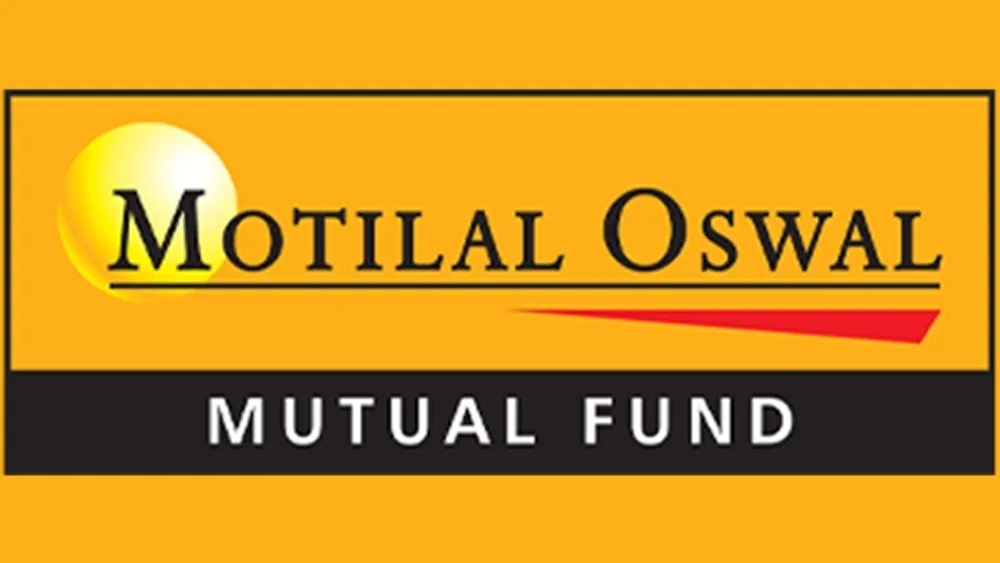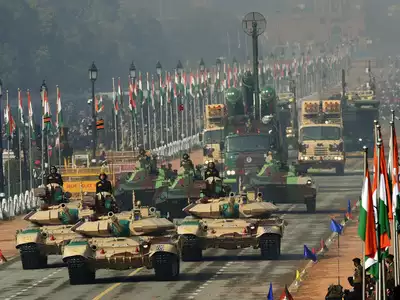About Vishal
This author has yet to write their bio.
Meanwhile lets just say that we are proud Vishal contributed a whooping 117 entries.
Entries by
Report on HDFC Q1 result and impact on stock market
Report on HDFC Q1 result and impact on stock market
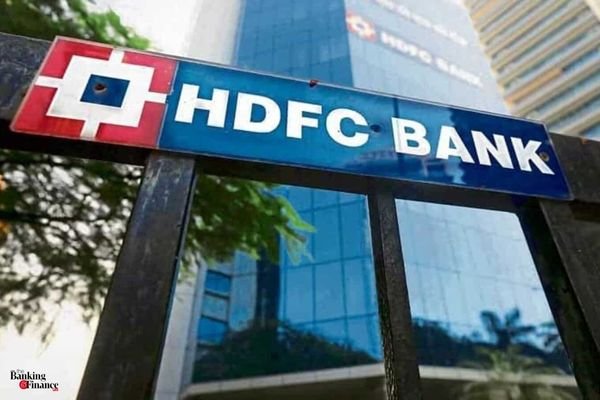
HDFC Bank’s share price fell by over 3% in early trading on Friday. The drop came after the bank’s Q1 business update revealed a decrease in both advances and deposits compared to the previous quarter.
As of the end of June 2024, HDFC Bank’s advances were ₹24.87 lakh crore, down 0.8% from ₹25.1 lakh crore at the end of March 2024. This decline was mainly due to the bank reducing its low-yielding corporate loans, including those from the former HDFC Ltd.

However, HDFC Bank’s advances grew 52.6% year-on-year, reaching ₹24.87 lakh crore from ₹16.30 lakh crore.
In Q1FY25, deposits were ₹23.79 lakh crore, up 24.4% from ₹19.13 lakh crore a year ago. Deposits remained almost unchanged from ₹23.80 lakh crore at the end of March 2024.
Excluding the impact of the July 2023 merger, the bank’s deposits grew by 16.5% compared to June 30, 2023, according to a regulatory filing.
HDFC Bank’s low-cost deposits current and savings accounts (CASA) ratio as a proportion of total deposits fell to 36.3% at the end of June 2024 from 38.2% at the end of March 2024.
CASA deposits as of June 30 increased 6.2% to ₹8,63,500 crore from ₹8,13,000 crore, YoY, while it declined nearly 5% from ₹9,08,800 crore, QoQ.
The liquidity coverage ratio in Q1 improved to 123% compared to 115% in the previous quarter.
This week, HDFC Bank’s share price hit a record high of ₹1,791.90 apiece on the BSE.
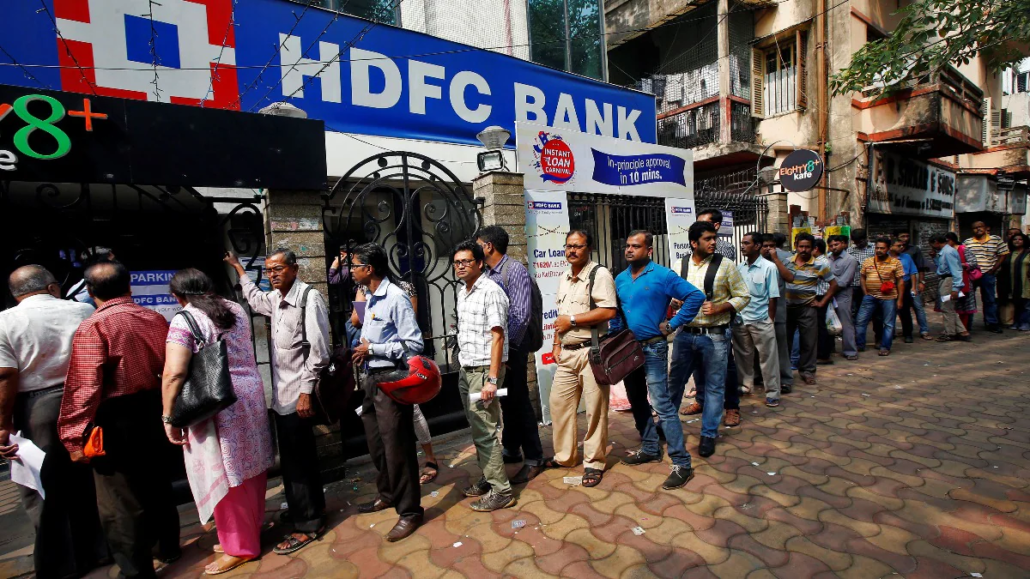
The latest shareholding pattern of HDFC Bank shows the ownership of foreign institutional investors (FIIs) in the bank dropped below 55%, which is expected to lead to an increase in HDFC Bank stock’s weightage in the MSCI index, leading to higher passive inflows.
At 12:30 pm, HDFC Bank shares were trading 4.29% lower at ₹1,653.50 apiece on the NSE.
HDFC Bank has a weightage of over 29.04% in bank nifty. It contributed a major part to today’s bank nifty fall.
-By
Vishal Kumar K R
PROBABILITES OF DALAL STREET ON 05th JULY 2024
PROBABILITES OF DALAL STREET ON 05th JULY 2024

Dear market Participants, 1st week of July going well in favour of the bulls. Nifty closed in the green for 9th straight trading session. Now aim for bulls to reach 24500 followed by 25000. Here we have to observe a few things before taking fresh positions.

- FII bought 3.92 Laksh index future and in options, they have bought 4.67L calls and 2.9L puts so they are net bullish.
- DII sold 62806 index futures and in options, they bought 2.36L putts and 2078 calls, only this indicates they are bearish.
- Clients are bearish in both index future and option.
- If we look at the global market today because of US Independence Day US markets are closed.
Europe markets are bullish and Asian markets are also indicating slight bullish.
- The volatility index fell 2.65%, which closed at 12.86. So ATM IV is also negative.
- In commodity sections, Gold and crude oil are slightly positive.
- Technically if we look at markets as per Fibonacci retracement 23847 is strong support and 24703 is strong resistance in the weekly time frame.
- For intraday traders as per open interest, 24200 acts as support, and 24400 is a resistance.

So we can say that if market breaks 24200 support the probabilities of downward movement about 100 to 150 ponts is higher. Same as markets break resistance 24400 next it may reach 24500. After 9 continuous days of bull market, it has high probabilities to consolidate between 24200 to 24400.
-By
A Ganesh R Bhat
WELCOME T0 DERIVATIVES SEGMENT
WELCOME T0 DERIVATIVES SEGMENT

WHAT IS DERIVATIVES MARKET ?
Derivatives are contracts or products whose value is derived from the value of some other asset known as an underlying asset. Derivatives are based on a wide range of underlying assets. such as oil, coal, gold, silver, copper, zinc, wheat, sugar, coffee, cotton, bonds, shares, foreign exchange, etc….
HISTORY AND EVOLUTION

History of derivatives may be mapped back to several centuries. some of the specific milestones in the evolution of the derivatives market worldwide are given below :
12th Century – In European trade fairs, sellers signed contracts promising future delivery of the items they sold.
13th Century – there are many examples of contracts entered into by English Cistercian Monasteries, who frequently sold their wool up to 20 years in advance, to foreign merchants.
17th Century – In JAPAN at DOJIMA, near Osaka, the futures market in RICE was developed to protect rice products from bad weather or warfare.

In 1848, the CHICAGO BOARD OF TRADING facilitated the trading of forward contracts on various commodities. In 1865 the CBOT went setup further and listed the first EXCHANGE TRADED DERIVATIVE contract in the US. these contracts were called future contracts.
In 1972, the CHICAGO MERCANTILE EXCHANGE introduced the INTERNATIONAL MONETARY MARKET, which allowed trading In currency futures. Later in 1973, CHICAGO BOARD OPTIONS EXCHANGE became the first marketplace for trading listed options.
In 1977, CBOT introduced T – bond futures contracts, and 1982, CME introduced EURODOLLAR futures contracts, and KANSAS CITY OF TRADE launched the first stock index futures. finally, in 1983 Chicago Board Options Exchange introduced options on stock indexes with the S&P100 and S&P 500 indexes
INDIAN DERIVATIVE MARKET

SEBI set up a 24-member committee under the chairmanship of Dr . L.C . Gupta on November 18, 1996, to develop an appropriate regulatory framework for derivative trading in INDIA. The committee submitted its report on March 17, 1998, recommending that derivatives should be declared as ‘ SECURITIES ‘ so that the framework applicable to the trading of securities could also govern the trading of trading of derivatives.
IN 1999, the Securities Contract Regulation Act was amended to include ‘derivatives ‘within to domain of securities, and a regulatory framework was developed for governing derivatives trading.
IN 2000 June with SEBI permitted BSE AND NSE to introduce an equity derivative segment. To begin with, SEBI approved trading in index futures contracts based on CNX NIFTY AND BSE SENSEX ., which commenced trading in June 2000. Finally trading in options commenced in June 2001 and trading in option individual stocks commenced in July 2001 and futures contracts on individual stocks started in November 2001. In the initial days derivatives were used for hedging purposes but in the present days most people used for speculative …
-By
A Gowrish R Bhat
Need of stock market.
Need of stock market.

In the modern AI (Artificial intelligence) era, knowledge of using updated machines and technology is important for survival in a competitive society. Likewise, in the present world, investment diversification plays a vital role in building long-term wealth. One such diversified instrument in the finance world is stock market/share market.
In the Indian context, our ancestors used to save money in FDs (Fixed deposit), RD’s (Recurring deposit), Gold or in any real estate instruments, which are low risk – low return investments (when compared to stock market).

Banks are reducing interest rates Daily; Gold prices are at sky and real estate investment requires a huge amount; then where can middle-class people invest with limited income?

This window is a solution for everyone.
Yes, it’s the stock market!
- You can invest from your limited source of income.
- Easy access to the platform.
- Invest in every sector.
- Low-risk instruments are available.
- High return (depends on the study)
- Alternate to FDs.
- Liquidity
- Easy access.
- Dividend income.
- Infinite opportunities.
- Diversification
- Passive income
- Regulated by SEBI and other related government bodies.
The advantage of Dalal street goes like this, it doesn’t have limitations. You can fly above sea, clouds and sometimes above active volcanoes also. But first, you need to know the answers to the below-mentioned questions:
1)Why do you need to fly?
2) How to fly?
3) When to fly?
4) Where to fly?
Most active securities in june-2024
June-2024 Most Active Securities, June-2024
Most Active Securities in June 2024: According to NSE data, the most actively traded securities in June 2024 were led by HDFC Bank, followed by HAL (Hindustan Aeronautics Limited), ICICI Bank, SBI (State Bank of India), RIL (Reliance Industries Limited), Indus Tower, VI (Vodafone Idea), Mazagon Dock Shipbuilders Limited, BEL (Bharat Electronics Limited), and Bharati Airtel Ltd.
Significance of HAL’s Position: HAL, a key player in the defense sector, stood out by securing the second position among the most actively traded securities. This is notable because traditionally, financial institutions and major corporations like banks tend to dominate such lists.


HAL’s Performance: HAL demonstrated impressive returns, with a 27.21% increase in the last month and a remarkable 195.33% return over the past year. These figures indicate robust performance and investor confidence in the defense sector, particularly post-elections.
Performance of Defense Sector Stocks: Post-elections, defense sector stocks, including HAL, Mazagon Dock Shipbuilders Limited, and BEL, have shown exceptional returns. Investors have shown increased interest in these stocks due to their strong performance and promising return on investment (ROI).
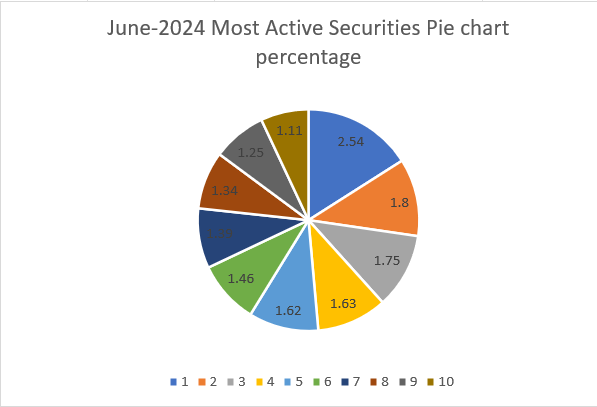

Investor Sentiment and Concentration: The concentration of investors on defense sector stocks, as evidenced by their significant trading volumes and high returns, underscores a growing preference and confidence in the defense industry’s growth prospects.
Overall, the data indicates a notable shift in investor focus toward defense sector stocks, driven by their impressive financial performance and favorable market conditions post-elections.
-by
Vishal Kumar K R
PROBABILITES OF DALAL STREET ON 01ST JULY 2024
PROBABILITES OF DALAL STREET ON 05th JULY 2024

Dear market Participants, 1st week of July going well in favour of the bulls. Nifty closed in the green for the 9th straight trading session. Now aim for bulls to reach 24500 followed by 25000. Here we have to observe a few things before taking fresh positions.

- FII bought 3.92 Laksh index future and in options, they have bought 4.67L calls and 2.9L puts so they are net bullish.
- DII sold 62806 index futures and in options, they bought 2.36L putts and 2078 calls, only this indicates they are bearish.
- Clients are bearish in both index future and option.
- If we look at the global market today because of US Independence Day US markets are closed.
Europe markets are bullish and Asian markets are also indicating slight bullish.
- The volatility index fell 2.65%, which closed at 12.86. So ATM IV is also negative.
- In commodity sections, Gold and crude oil are slightly positive.
- Technically if we look at markets as per Fibonacci retracement 23847 is strong support and 24703 is strong resistance in the weekly time frame.
- For intraday traders as per open interest, 24200 acts as support, and 24400 is a resistance.
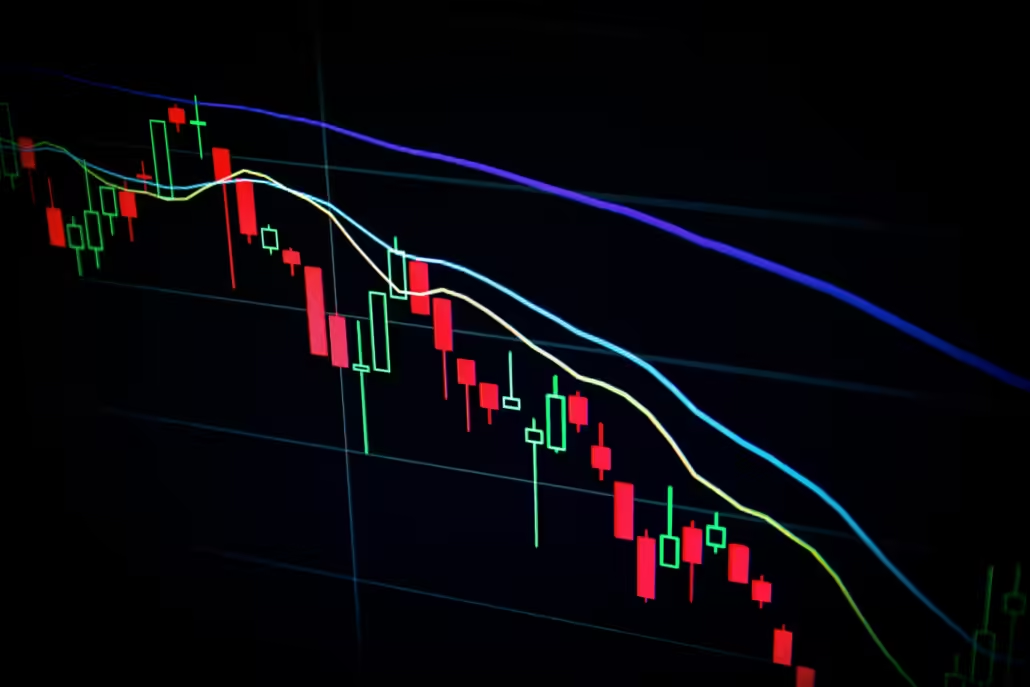
So we can say that if the market breaks 24200 support the probability of downward movement of about 100 to 150 points is higher. Same as markets break resistance 24400 next it may reach 24500. After 9 continuous days of the bull market, it has a high probability of consolidating between 24200 to 24400
-By
A Ganesh R Bhat

